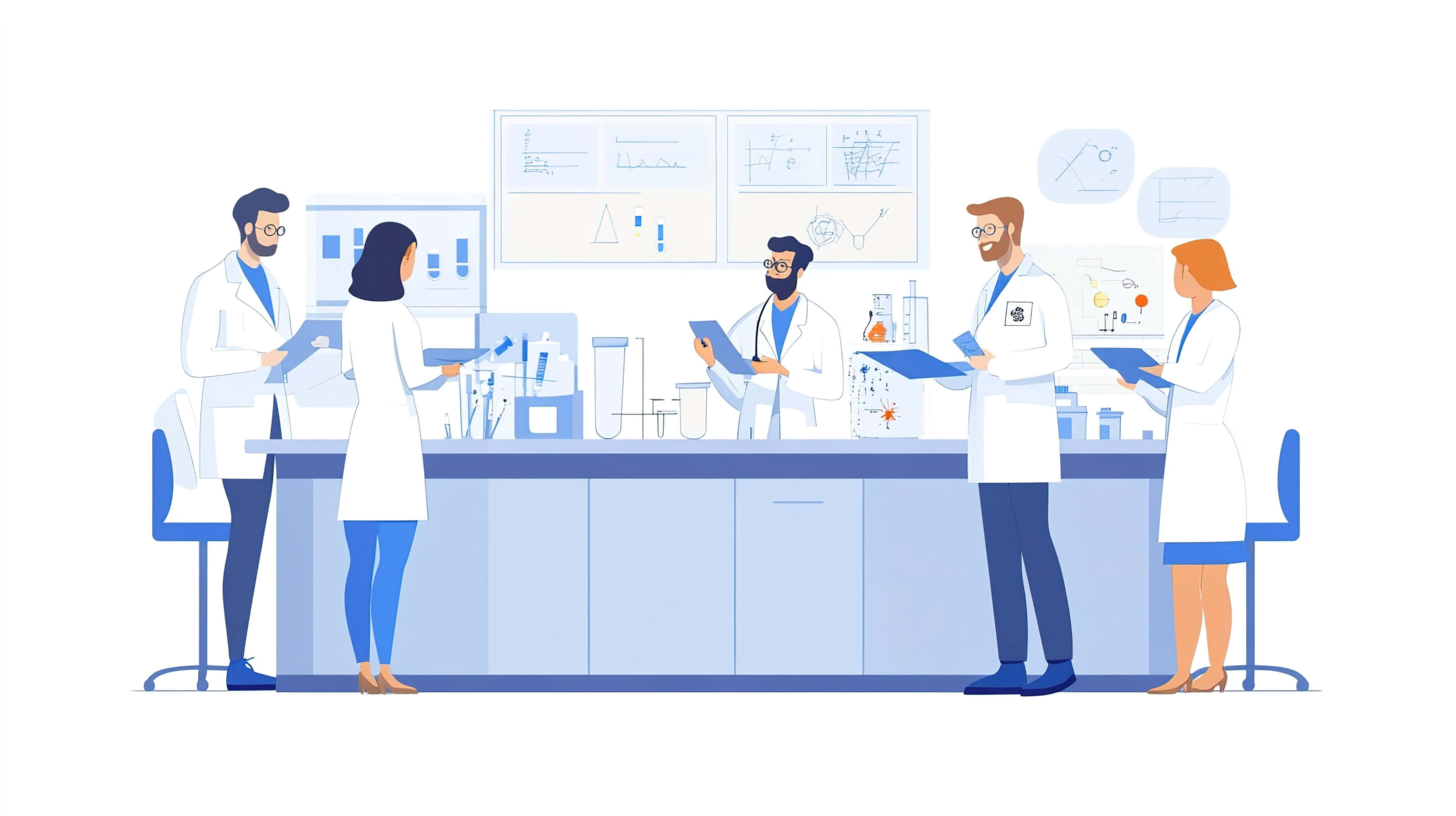Article
Panelists Discuss How Data Partnerships Can Reduce Barriers to Access, Improve Outcomes in Health Care
Author(s):
Presented at AHIP’s Institute & Expo Online 2020, panelists discuss in a webinar how greater collaboration of health insurance providers with state and county leaders can ameliorate barriers to access to health care and promote timely interventions to improve health outcomes.
Presented at AHIP’s Institute & Expo Online 2020, panelists discussed in a webinar how greater collaboration of health insurance providers with state and county leaders can ameliorate barriers to accessing health care and promoting timely interventions to improve health outcomes.
The webinar, titled, “Leveraging Data Partnerships Across Multiple Stakeholders for Whole Person Care,” included panelists Erin Dalton, deputy director of Allegheny County Department of Human Services, and Joan Eichner, DrPH, director of Operations and Evaluation at the UPMC Center for Social Impact.
Kicking off the webinar, Eichner highlighted the main points of her discussion, which revolved around social determinants of health (SDOH) and how UPMC has sought to optimally integrate these factors into data. Eichner explains how SDOH are differentiated by individual social needs because they pertain to the structural conditions in which people are born, grow, live, work, and age. As a health rankings model from the Robert Wood Johnson Foundation notes, medical care only serves as 20% of what impacts health outcomes, with one’s physical environment accounting for nearly 10% and social and economic factors contributing to 40%.
Eichner spoke on the implications that SDOH have for payers and why their involvement would help spur better health outcomes and decrease health care spending. In programs implemented by UPMC, such as permanent housing, data has shown promising results. “We found that Medicare costs went down significantly, pharmacy costs increased as individuals got on appropriate medications to manage chronic conditions, and that there was an average annual savings to the health plan of about $6400 per member who were stately housed,” said Eichner.
Notably, UPMC’s newly formed Center for Social Impact seeks to highlight the significance of SDOH as the primary drivers of health care costs and poor health outcomes. Through this service, UPMC will document and report SDOH-related contributions, coordinate SDOH programming, develop pilot programs, and support evaluation and dissemination of data.
Beyond these innovations, the focus of the webinar revolved around the human-service data-sharing collaboration between UPMC and the Allegheny County Department of Human Services. Dalton explained that while her company’s integrated data systems include information from the state such as education services, basic needs like housing, and behavioral health, the incorporation and assessment of physical health data are lacking.
By combining this data derived from UPMC with the Medicaid and insurance population data from the Allegheny County Department of Human Services, Dalton highlights how enhanced data holdings can more accurately and comprehensively describe community issues. “Even knowing what insurance plan people are in so that if we’re trying to get everyone insured, we can target more appropriately—it’s just a critical piece of information,” said Dalton.
Serving those most in need was also noted by Dalton as data can assist health plans in delineating at-risk and underserved populations.
“Assessing patients and members in a holistic way can lead to significant improvements in health and well-being, as well as cost savings,” said Dalton, “This is a long-term engagement. We have to work together. These collaborations take time to build and nurture, but the benefits can be significant to both us and, more importantly, the communities that we’re serving.”





